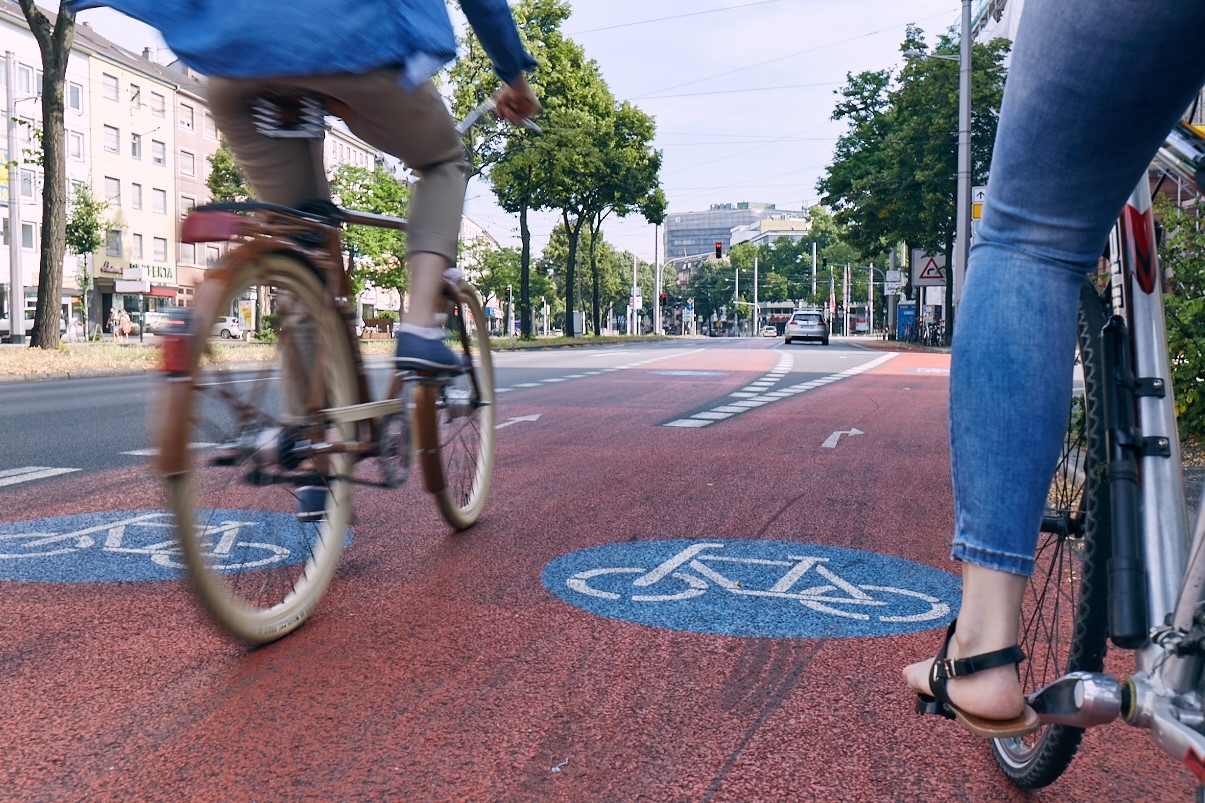
The Babylon Cycle Highway
To promote and facilitate longer distance commuting by bicycle, a lot of countries are building ‘cycle highways’. But in all of these countries different words in different languages are now used for the same but also for different types of infrastructure. This situation might create a Babylonian language confusion.
The Flemish Fietsostrades or Fietssnewelwegen, the Norwegian sykkelekspressveger, the London Cycle Superhighways, the Copenhagen supercykelstier, the Dutch snelfietsroutes, snelle fietsroutes or doorfietsroutes, the German Radschnellwege and Radschnellverbindungen and the Swiss Velobahnen are sometimes the same and sometimes different things.
Therefore it was necessary for the European CHIPS project to start with formulating a common definition of a cycle highway.
“A Cycle Highway is a mobility product that provides a high quality functional cycling connection. As backbone of a cycle network, it connects cities and or suburbs, residential areas and major (work)places and it satisfies its (potential) users.”
According to the CHIPS-project, a cycle highway is a bicycle connection between important areas where people live, work or go to school. It is a ‘mobility product’ which is different from a type of infrastructure, for example a highway for cars. A cycle highway can be a route, with different kinds of excellent cycle infrastructure. Being a ‘product’, it should be recognizable (or “branded”) to stimulate car users to trade the car traffic jam for a smooth ride along the cycle highway.
A cycle highway should be functional for its main target group: commuters, schoolkids and other utilitarian cyclists, which are cycling a longer distance. The cycle highway use for recreation or sports is considered to be an extra. Because most users don’t live on one end and work at the other end of a cycle highway, it should be not only be connected with the rest of the cycle network; it should function as the backbone of the cycle network.
A high quality cycle highway should provide its user with a safe, comfortable and attractive cycle connection, without stops or delays.
Quality assessment
Today cycle highways don't manage to meet the highest quality standards so far. Local circumstances, compromises and lack of money can be the reason that the top quality is not yet reached.
To assess the quality of cycle highways, the European CHIPS project is creating a tool to identify of these quality aspects.
In the first place, the cycle highway should connect: directly, to the rest of the cycle network and connect with the public transport network. It should connect also in all weather conditions, in winter when snow has to be swept away, in autumn when wind is reduced by trees and at night when lights and reflective lines can show the way.
The cycle highway should be fast and direct. Detours, waiting times and delays are to be avoided in order to be able to compete with cars. The route should be safe with dedicated lanes for both directions, without cars, without dangerous crossings and obstacles.
The fourth aspect is comfort. Cycling should be fun on smooth asphalt, without sharp bends or steep gradients.
And finally the route should be healthy and attractive: with birds singing and without car noise, with healthy forest air and not toxic car emissions and with a nice landscape to create a pleasant ride.
To achieve high quality cycle highways, all of these quality aspects will be brought together in an assessment tool. This tool will stimulate decision makers to aim for the highest score. It can give cyclists a tool to ask for better quality cycle highways. And the cycle highway assessment tool will provide the possibility to formulate quality demands for funding.
Network/Project Involved:
Contact the author
Recent news!
Upcoming events
Contact Us
Avenue des Arts, 7-8
Postal address: Rue de la Charité, 22
1210 Brussels, Belgium









